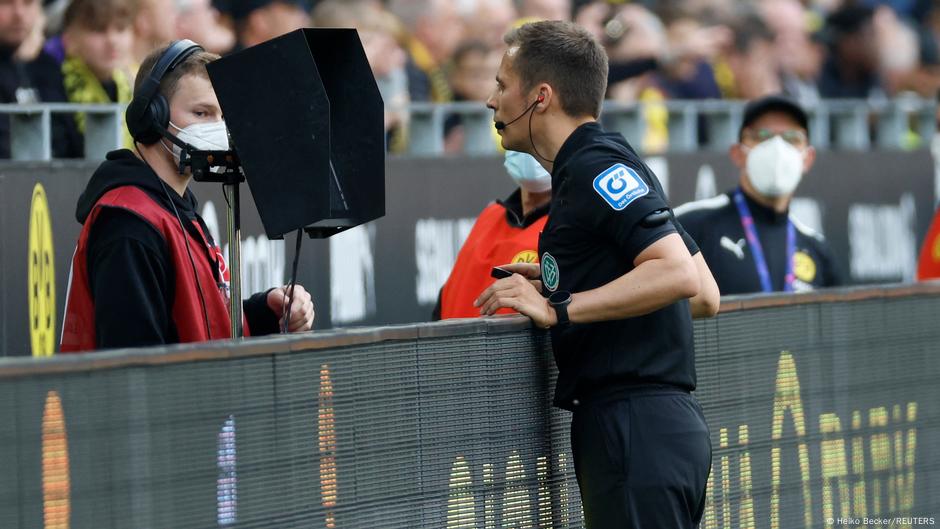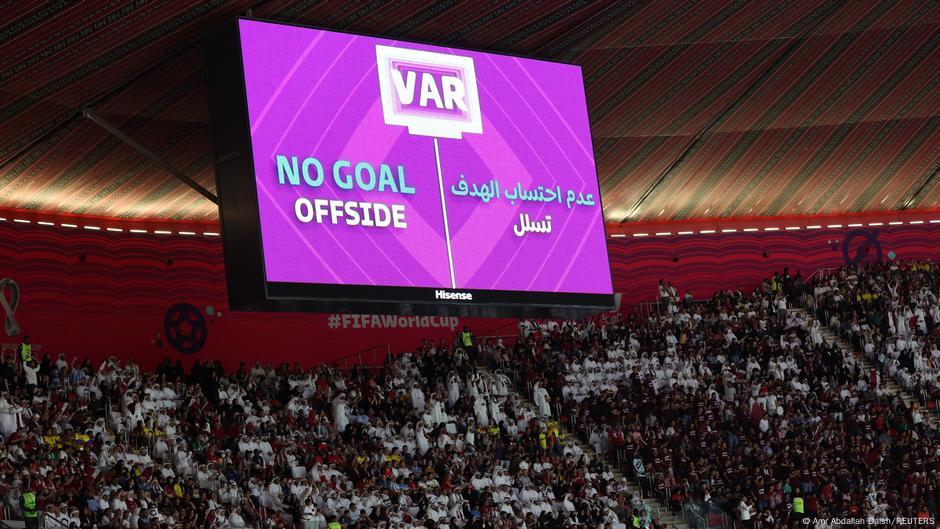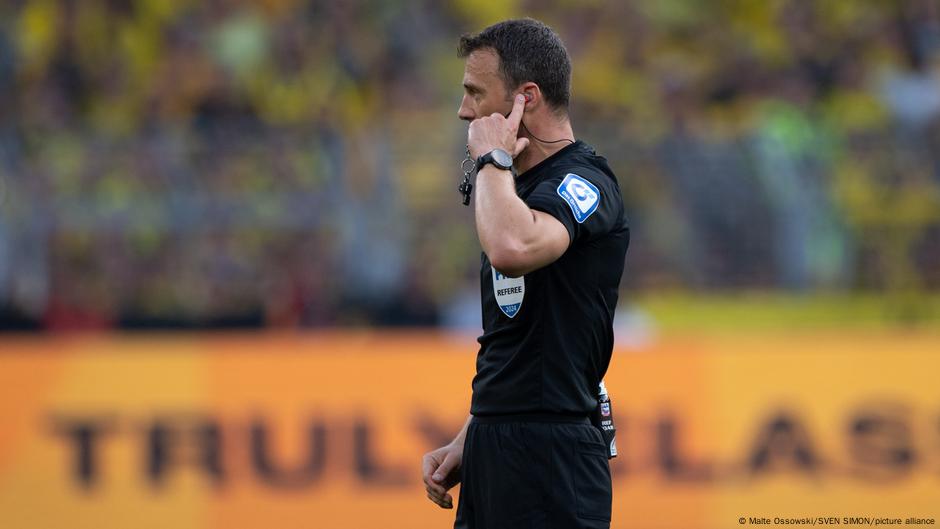
has intervened.
When was the Video Assistant Referee (VAR) system first introduced in soccer?
In 2016, the governing body of international soccer, the International Football Association Board (IFAB), officially cleared the way for the use of video officials, known as video assistant referees (VAR). The Dutch had been testing the effectiveness of supplementary referees in vice President who monitor replay footage to confirm if on-field officials made correct decisions and stepping in when necessary to change calls.
In the fall of 2016, a referee's decision was reversed for the first time due to the use of video assistant referee technology in a Dutch cup match.
According to the IFAB, video assistant referees were already being used in 15 countries as of that time, including France, Italy, Brazil, Australia, the United States, Saudi Arabia, and Qatar. In 2018, the IFAB added VAR to the international rulebook, also known as the 'Laws of the Game'. Nonetheless, due to the high technical and, as a result, financial expenses involved, it remains up to the member associations to decide whether or not to implement VAR.
When does the Video Assistant Referee (VAR) system intervene in the game?
According to the IFAB, Video Assistant Referee (VAR) should be used only in cases of "clear and obvious error" or a "serious missed incident" in the following four situations: whether a goal should or should not be awarded; whether a penalty kick should or should not be awarded; red card decisions (excluding when two yellow cards are given); and when the referee mistakenly cautions or dismisses the wrong player.

However, the guidelines are not entirely straightforward as they initially seem. There is definitely space for interpretation: for instance, when does a situation before a goal-scoring attempt become serious enough to be considered? When is a decision clearly mistaken and when is it simply a matter of opinion?
The DFL is launching its pilot project for which reason?
Some VAR decisions are hard to understand for fans, whether they are watching live or watching on TV. This is the reason the IFAB decided at the start of 2023 to test referees broadcasting their decisions. This has been a common practice in American football, ice hockey and rugby for a long time.
In March 2024, the IFAB approved the use of stadium announcements at international tournaments and leagues, following their successful introduction at the 2023 Women's World Cup held in Australia and New Zealand.
When is it appropriate for the referee to address the public?
The referee must make an announcement if a decision is reversed based on information provided by the Video Assistant Referee (VAR). They should also broadcast their final decision after reviewing a replay on a sideline monitor, as suggested by the VAR.
What are the referees' thoughts on their new responsibility?
Not everyone might feel at ease speaking out in a large stadium," said ex-referee Jochen Drees, who oversees the use of VAR for the German Football Association (DFB). "This is why a little persuasion was required.

Referees have undergone training for their new roles at multiple training camps, including a recent course in Portugal during the winter break, said Drees. "It's now a key component of a referee's skills."
What happens after the testing phase is complete?
The testing phase includes 67 matches in the Bundesliga and second division for the remainder of this season. After that, the DFB and DFL will decide whether referee announcements will be a regular feature, starting from the 2025-26 campaign.
Would this solution effectively resolve the ongoing debate surrounding the application of Video Assistant Referee (VAR) technology in football?
It's challenging to envision a complete halt to criticism. Enthusiasts are likely to grow even more frustrated, because the referees' explanations will inevitably lengthen the interruptions during football matches even further. Moreover, the complexities of the game's rules, such as handball, leave room for interpretation with or without the aid of VAR.
This text was originally published in the International Edition language.
Author: Stefan Nestler
